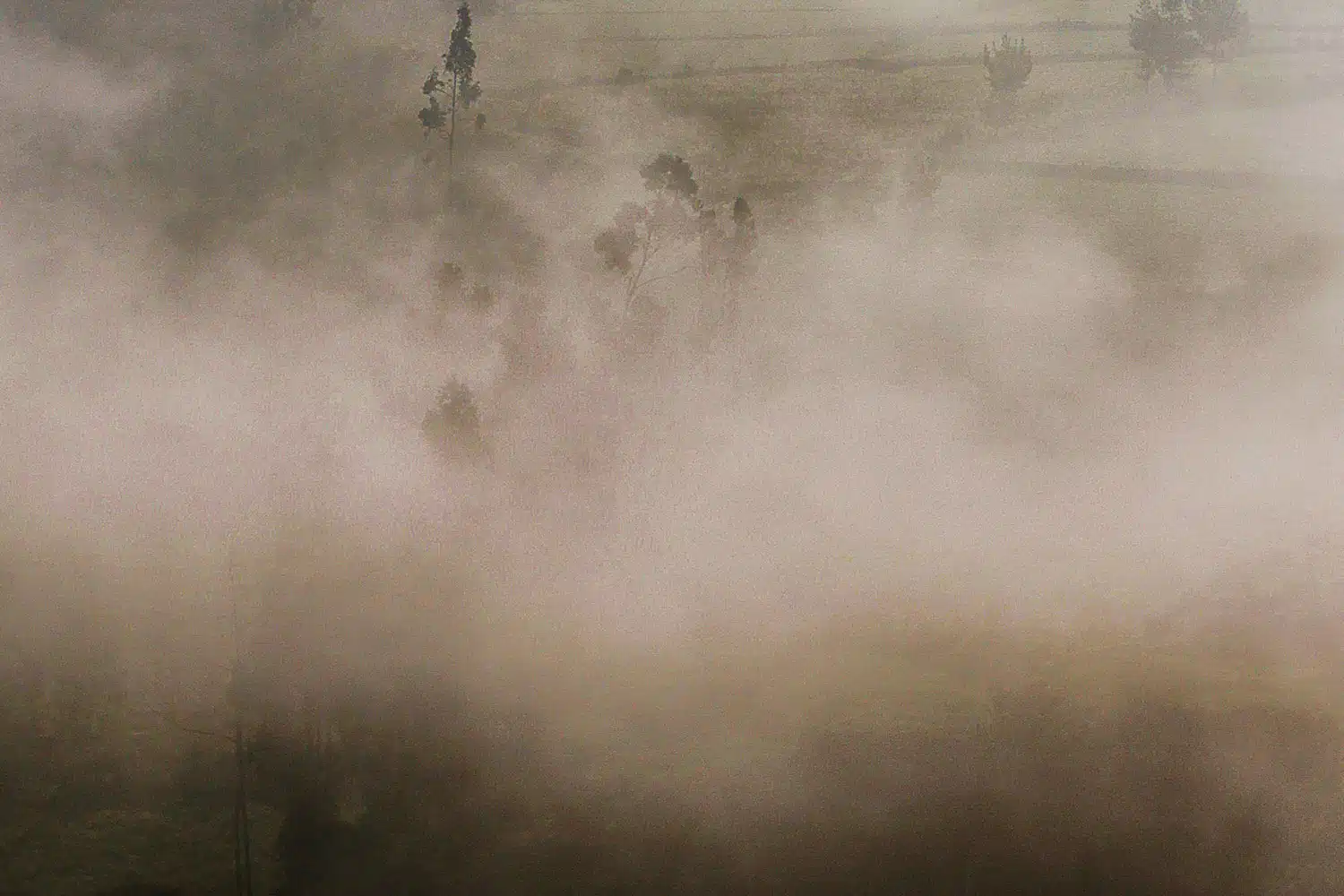
The Damaging Effects Of Silica Dust
Did you know Silica dust exists primarily as quartz and is the second most common mineral in the earth’s crust and can be very dangerous? Silica dust is very common and can be a hazardous mineral compound found in numerous industries, the construction industry is one of them. Any occupation that involves the handling or use of rock, brick, or sand, or participates in drilling, quarrying, or tunneling carries the risk of silica exposure. When silica particles are inhaled, they become embedded in the lungs. The lung tissues react by forming scarring around the trapped particles. This scarring will make the lungs stiff, reducing the function of the lungs, making it hard to breathe. Inhaling silica dust can lead to fatal lung cancers and diseases, most notably silicosis- an incurable disabling lung disease.
Identifying Hazards
There’s a good chance you could be using products or materials that contain silica and not even know it. You should be aware of the possibility of silicosis and silica hazards if your workplace is dusty, or the materials you work with produce dust.
Activities that may involve silica exposure
Manufacturing: Metal casting, working with glass products and ceramics, asphalt paving material, cutting stone, and painting.
Construction: Chipping, hammering or drilling rock, abrasive blasting, crushing, loading, hauling and dumping rock, cement work- sawing, hammering, drilling, grinding, chipping or demolition of masonry or concrete.
Prevention & Protection
- Install dust-collection systems on machines that generate dust
- Don’t blow dust around with compressed air or sweep it, instead remove dust and debris with a wet vacuum or hose
- Use dust masks or respirators
- Wash your hands after using materials that contain silica
- Change clothes before leaving work to avoid carrying silica dust home
Symptoms of Silicosis
- Shortness of breath
- Chest pain
- A persistent cough
- Bluish skin
- Fever
- Rapid breathing
- Weight loss/loss of appetite
- Dark spots on fingernail beds
As mentioned before, silicosis cannot be cured, but the progress of it can be stopped! In the early stages of silicosis, it can go undetected for years. Even x-rays may not show anything until after 15 years of exposure. If you believe you’re being exposed to silica dust, or have been in the past, visit a doctor who knows about lung diseases.
Now that you know more, if your job may be exposing you to silica dust make sure to take precautions and do all you can to prevent inhaling it. Here at Black Dog Equipment, we not only care about you having the equipment you need, we care about your safety.
Rent with Black Dog Equipment Today
Rent with Black Dog Equipment Today
Need reliable equipment for your next project? Black Dog Equipment has you covered with a wide selection of rentals to get the job done right. From start to finish, we've got the tools you need.
Need reliable equipment for your next project? Black Dog Equipment has you covered with a wide selection of rentals to get the job done right. From start to finish, we've got the tools you need.


